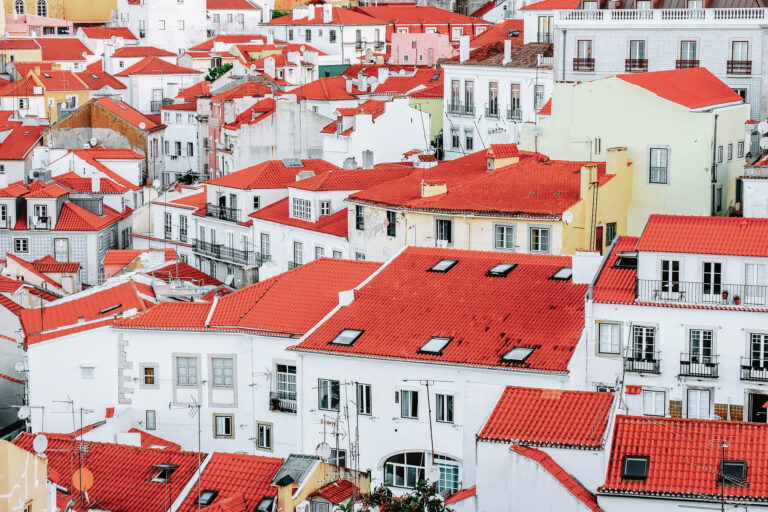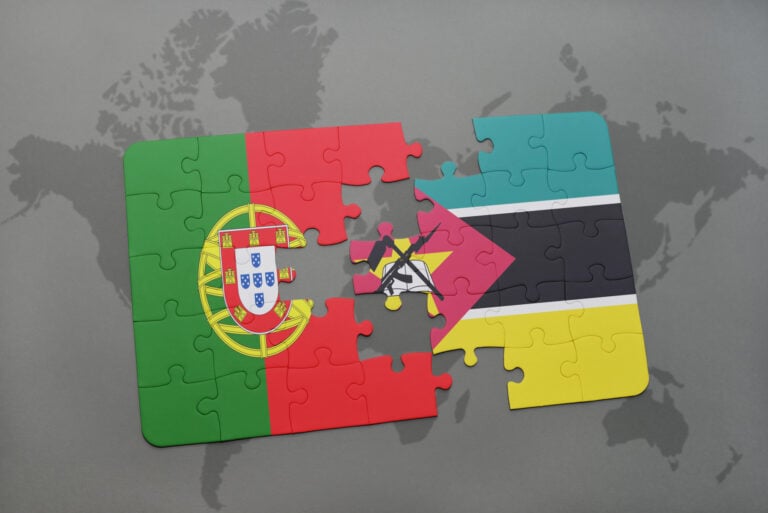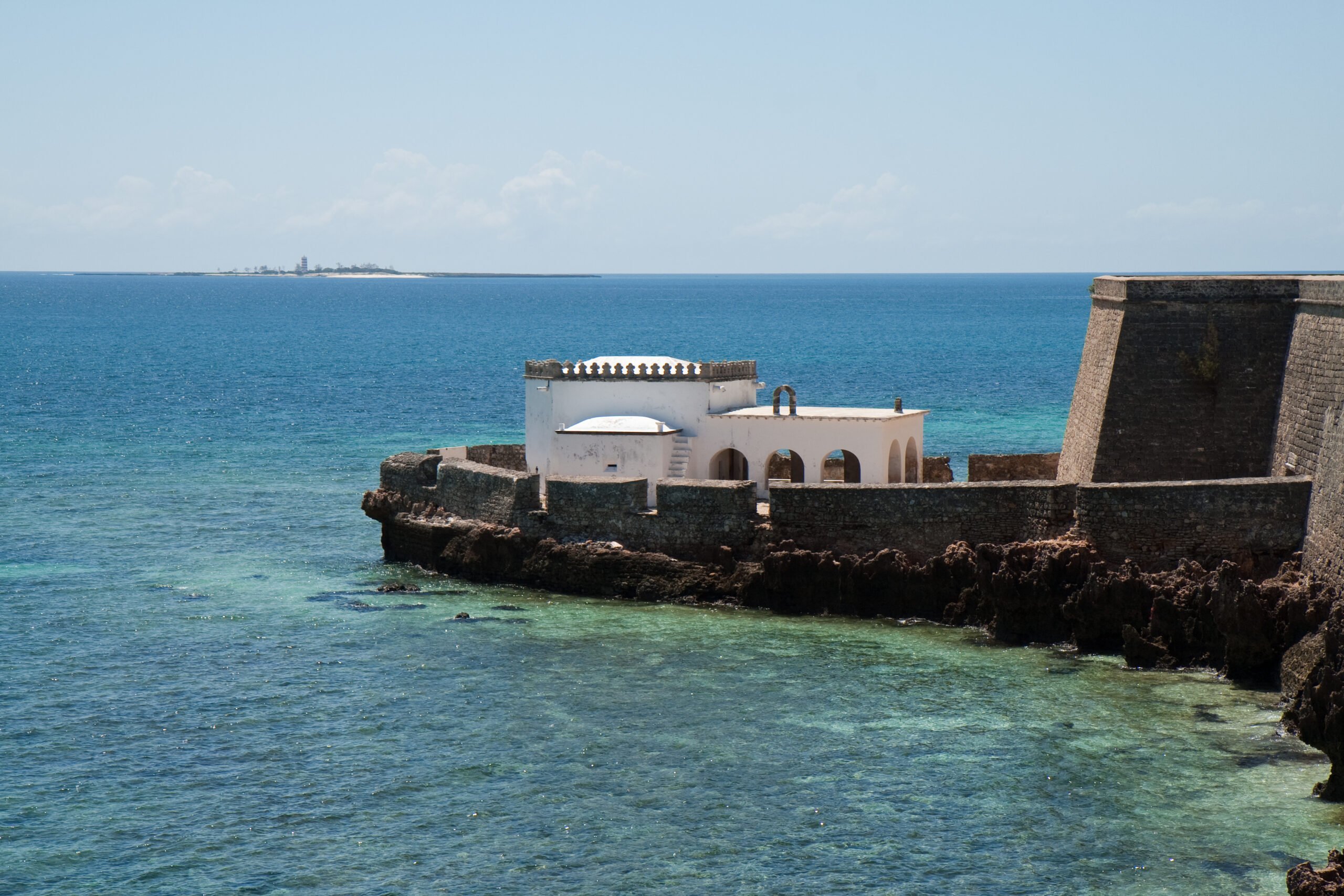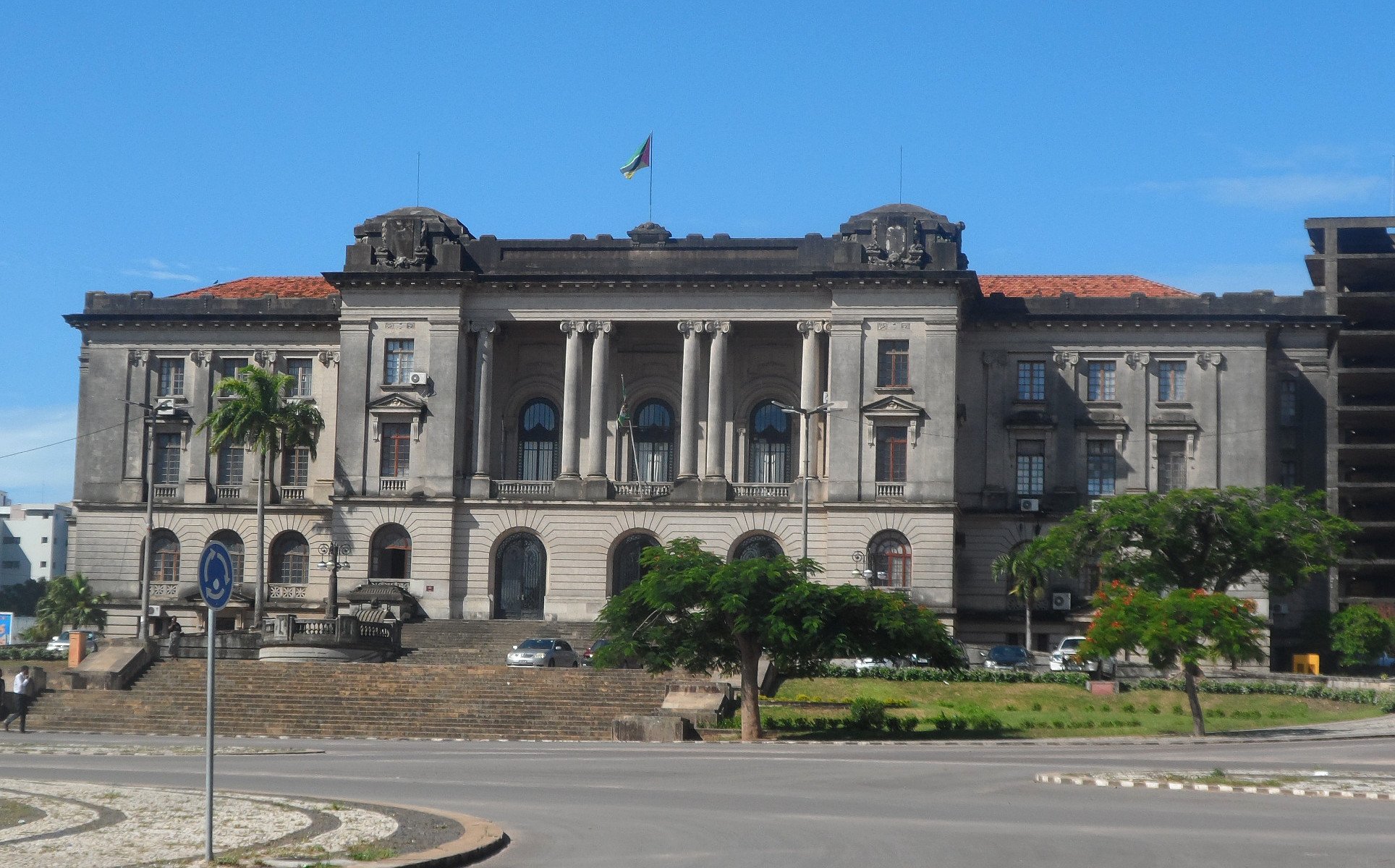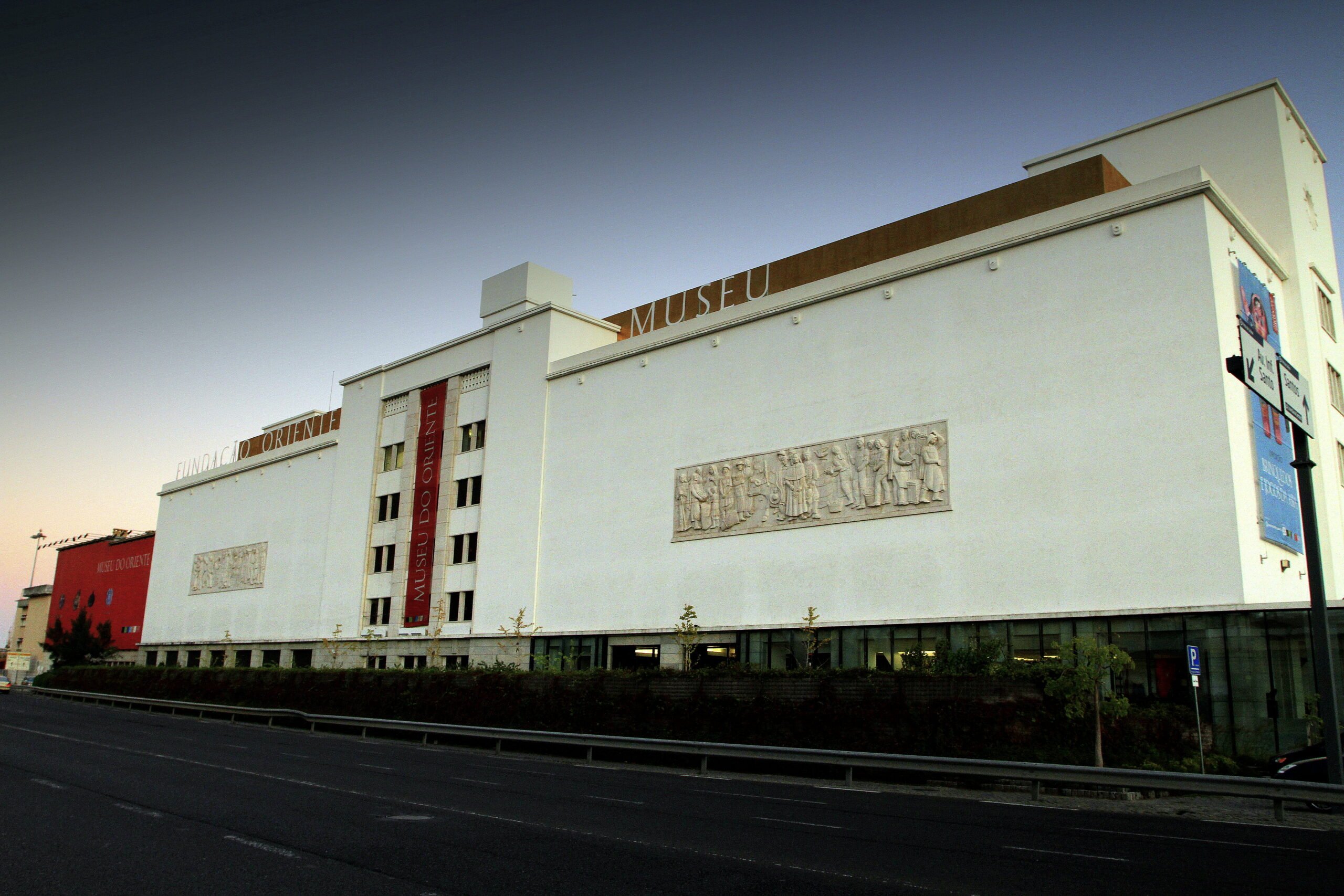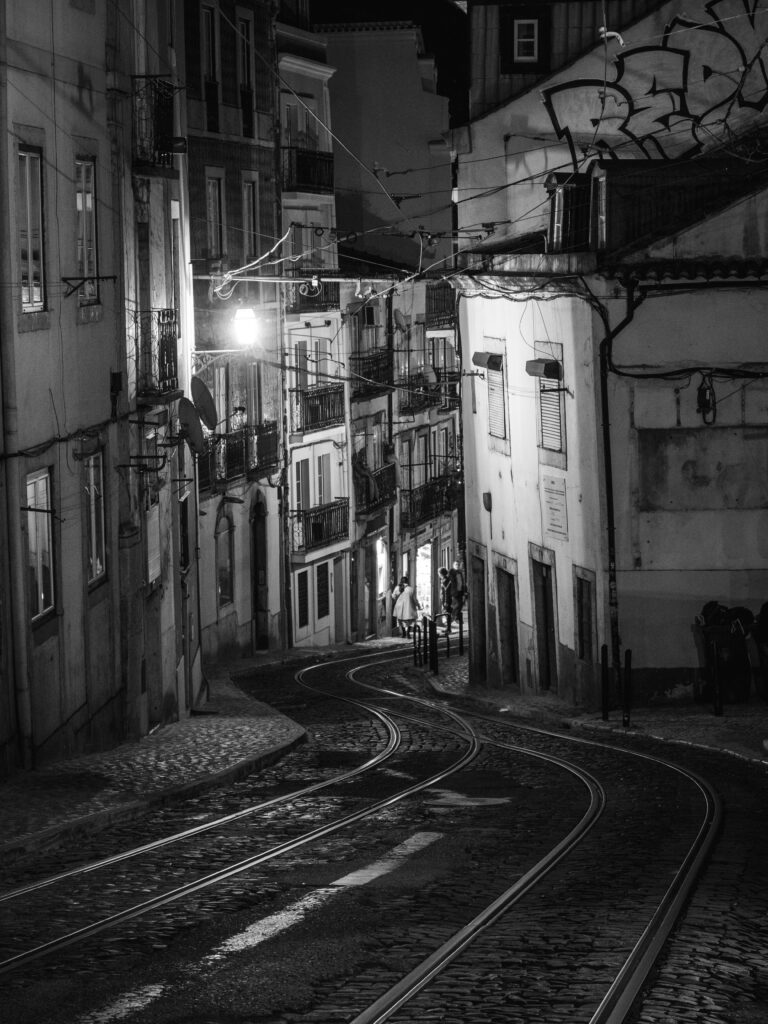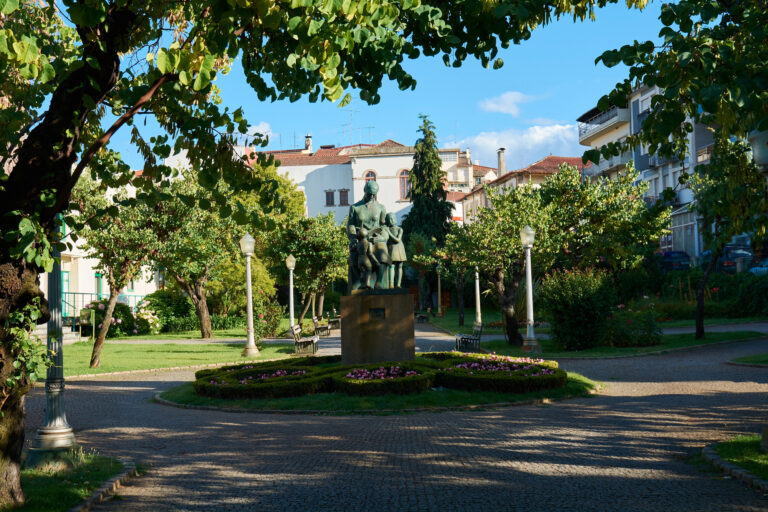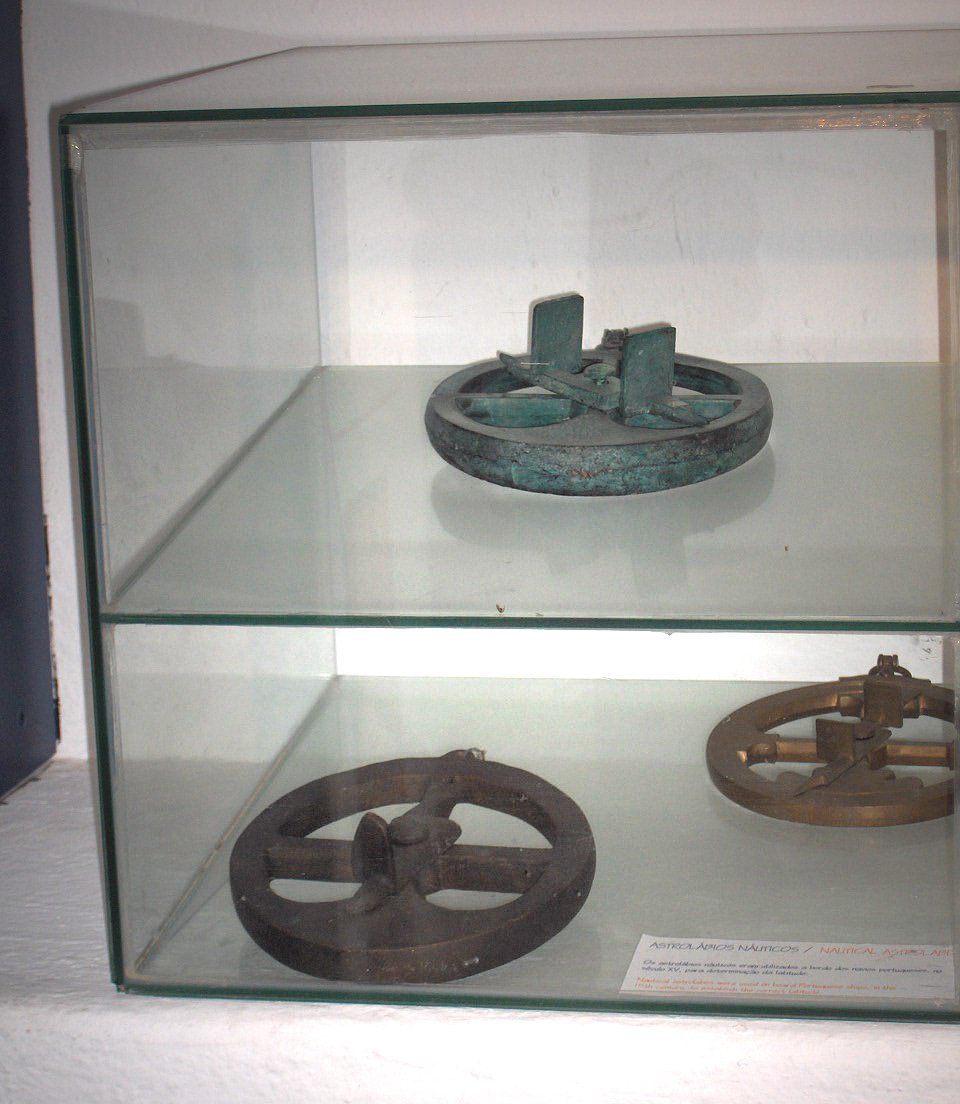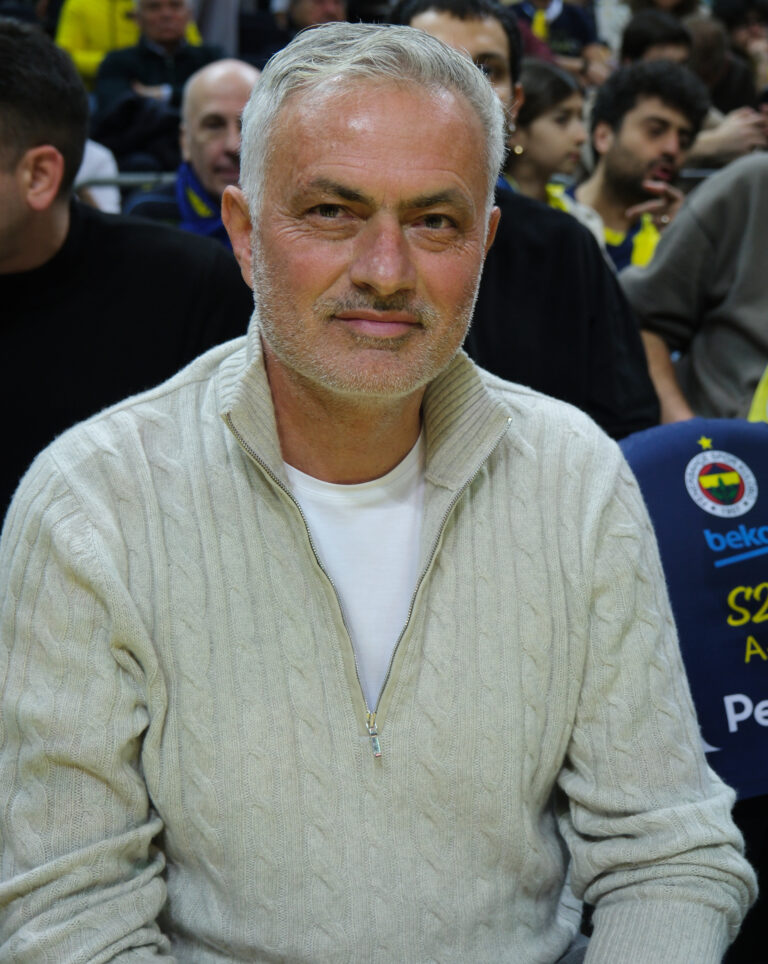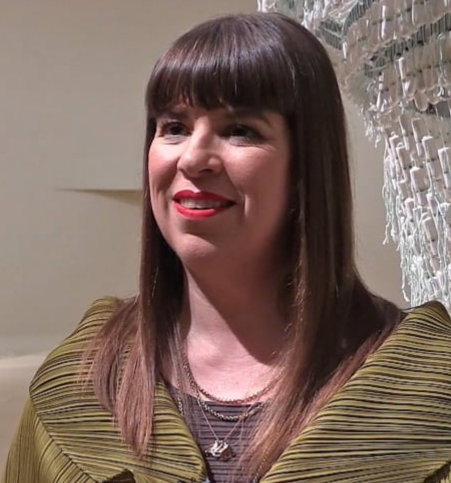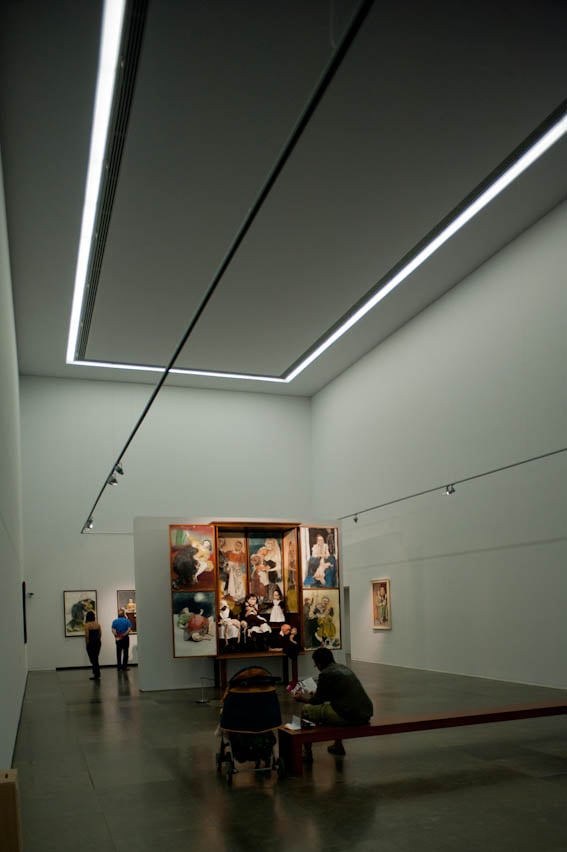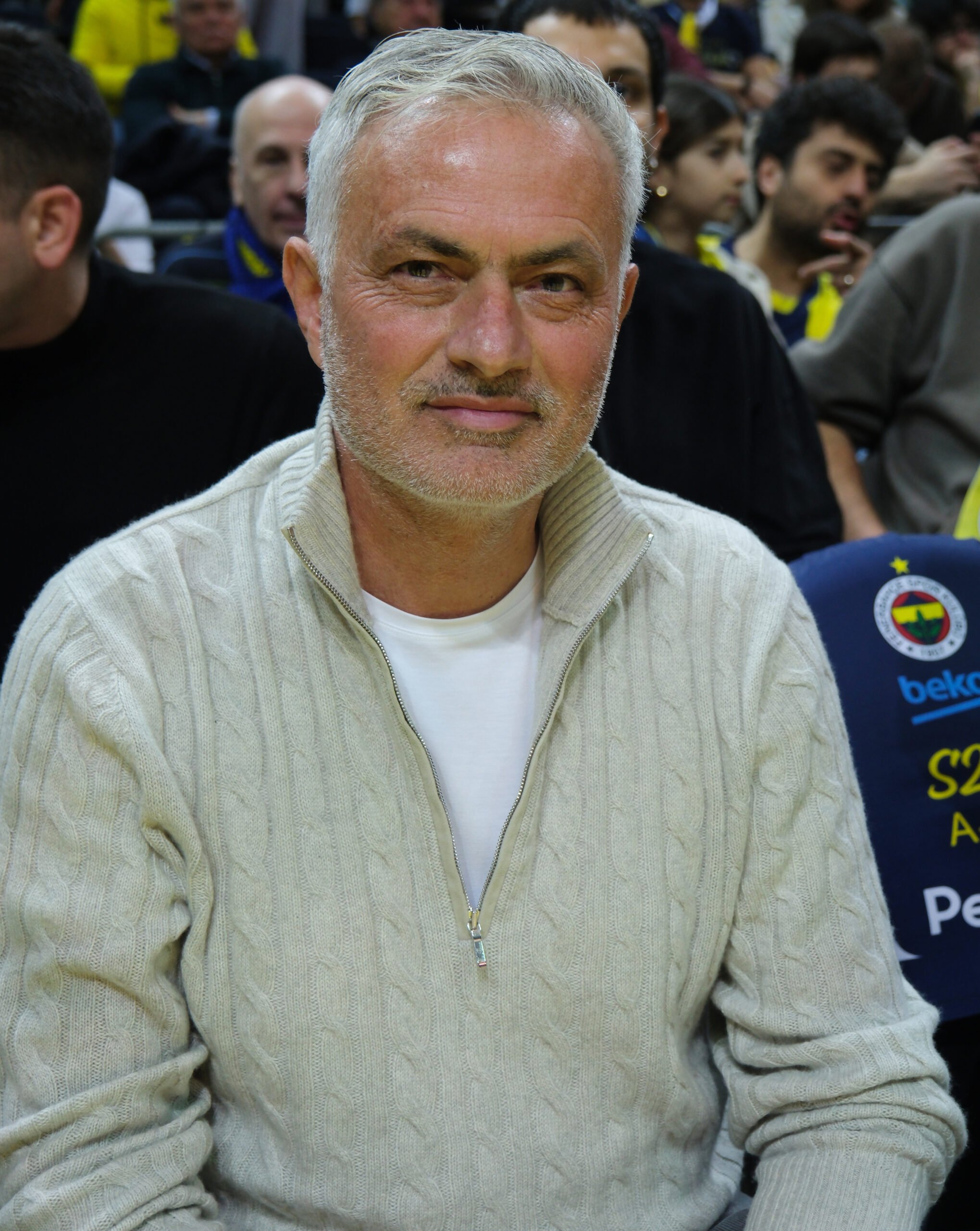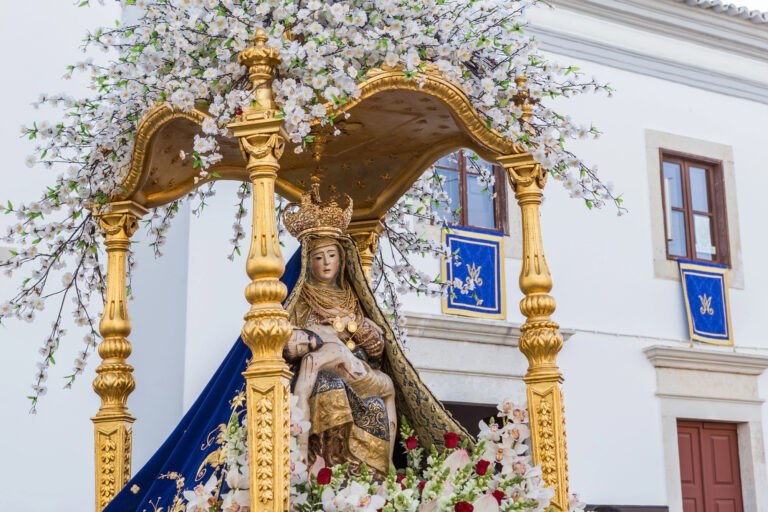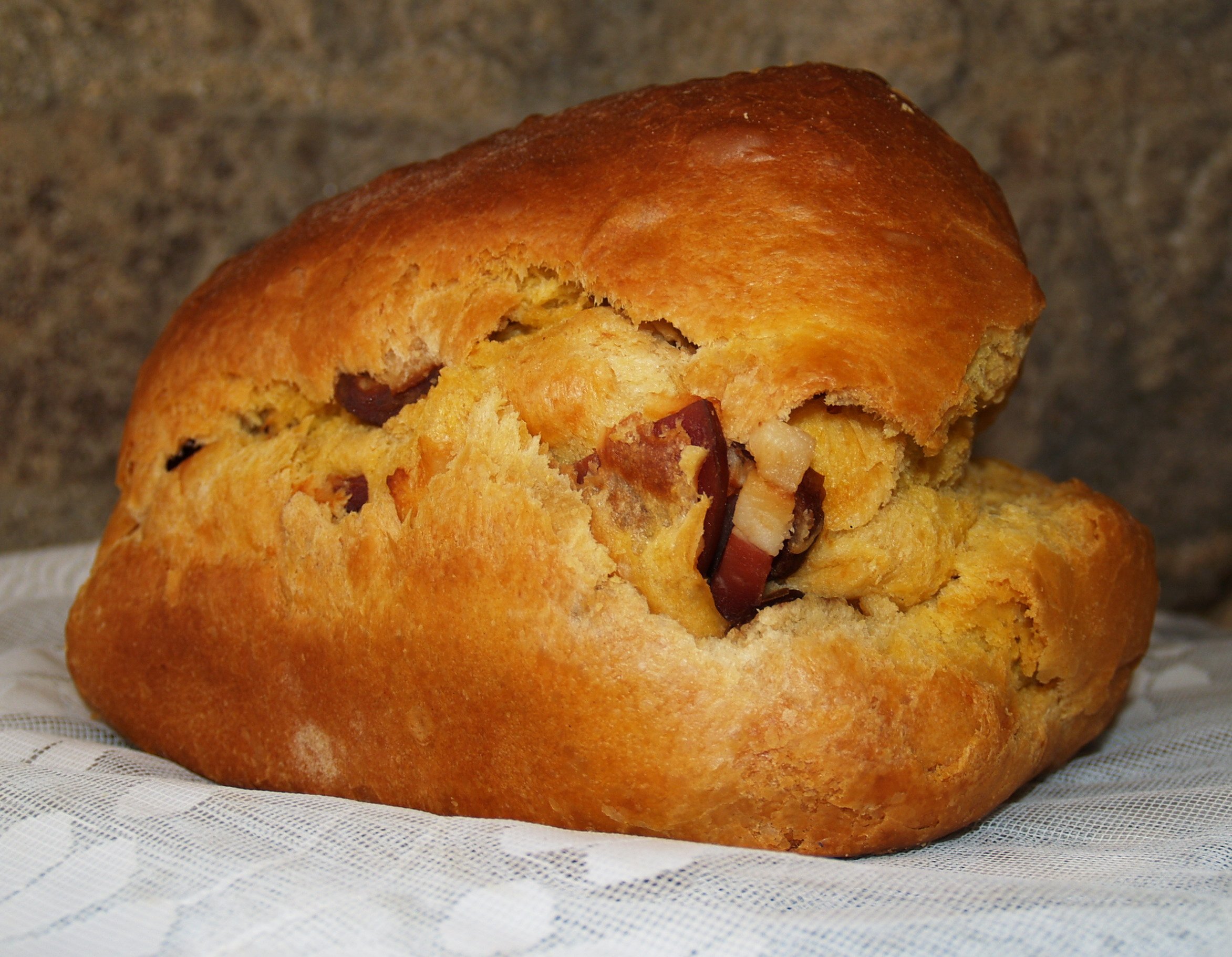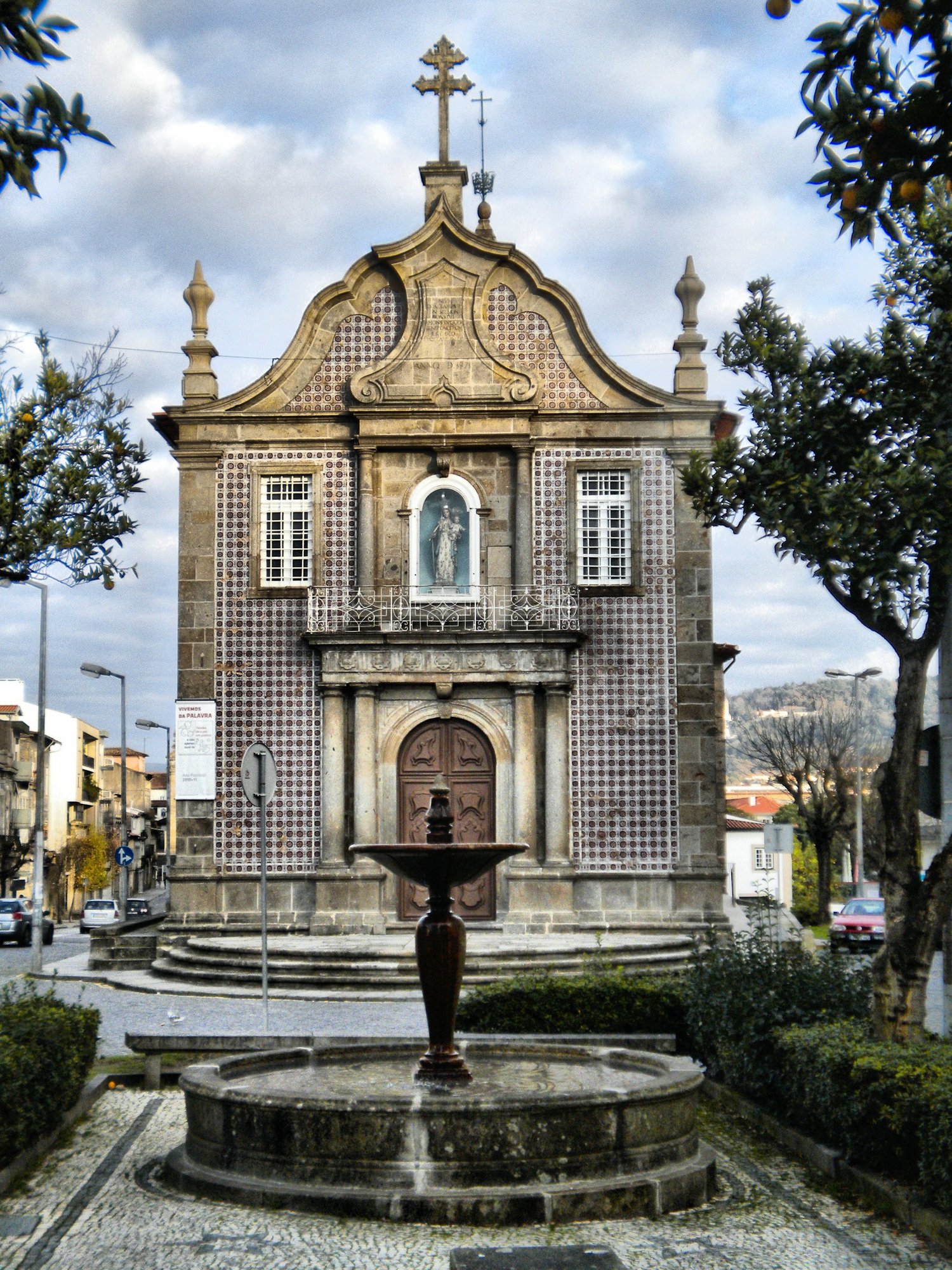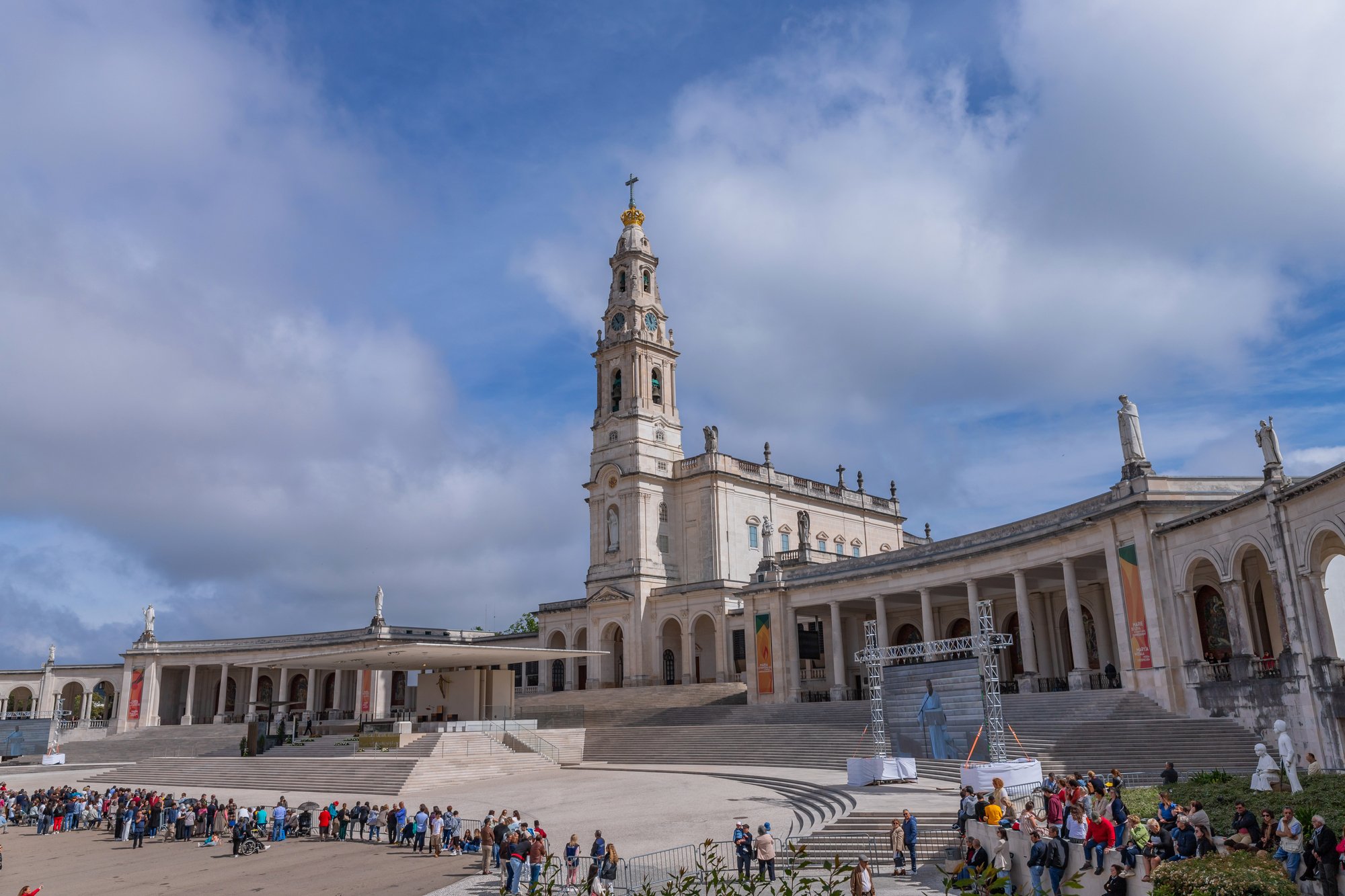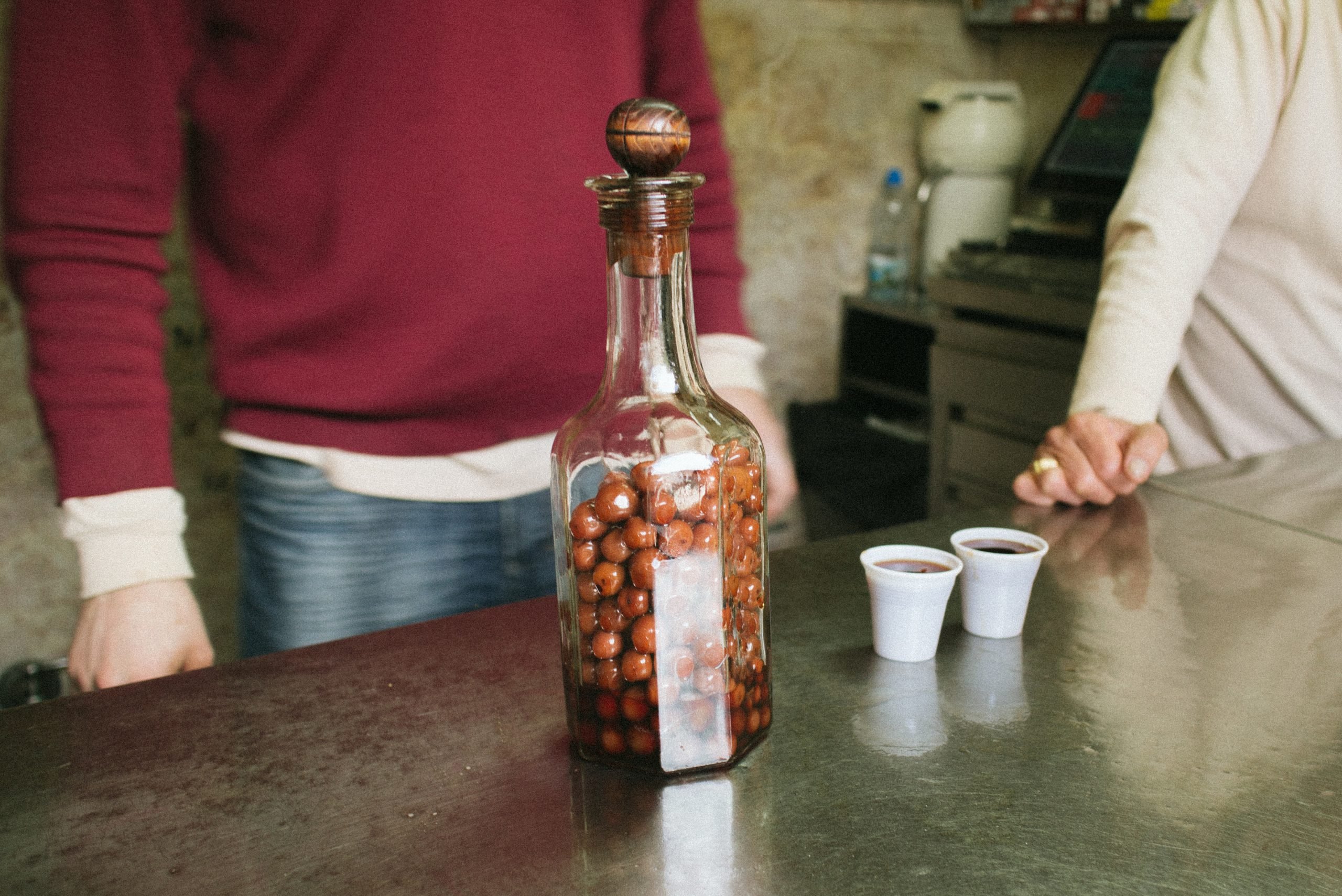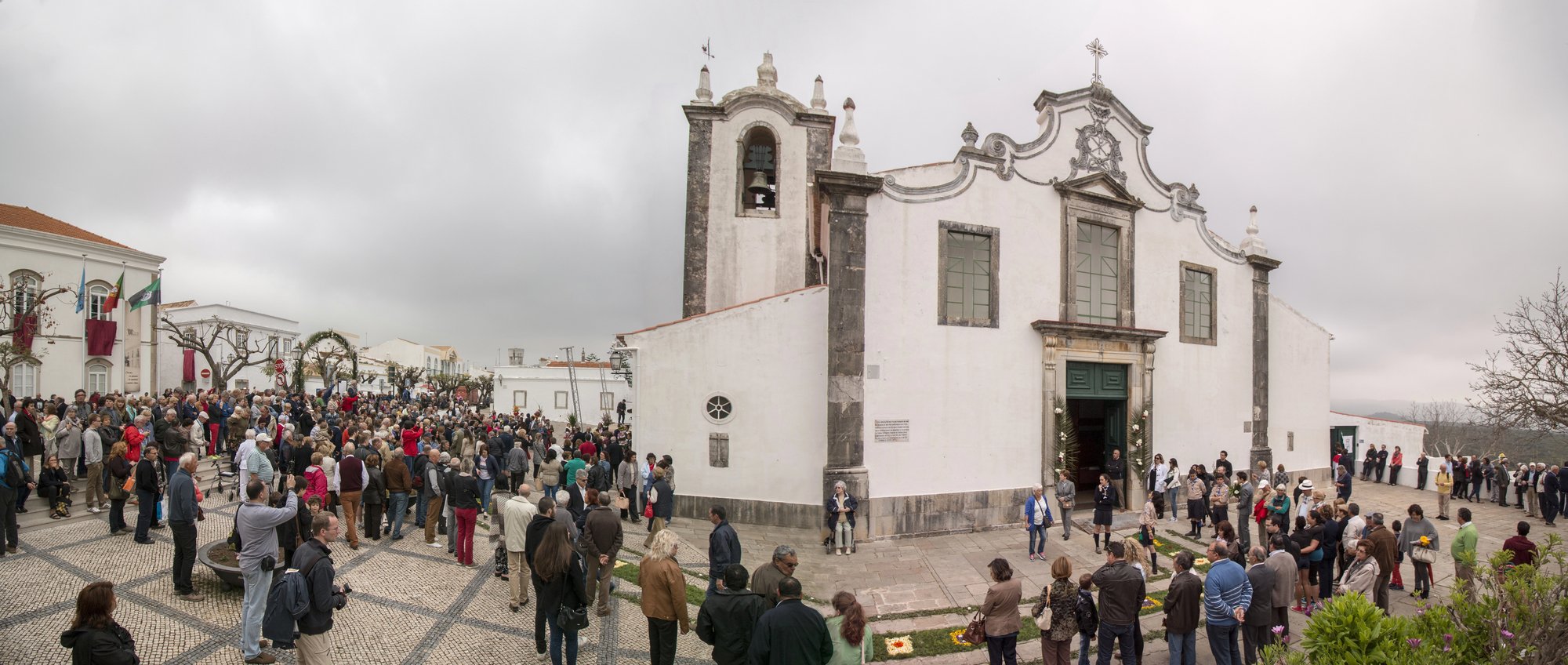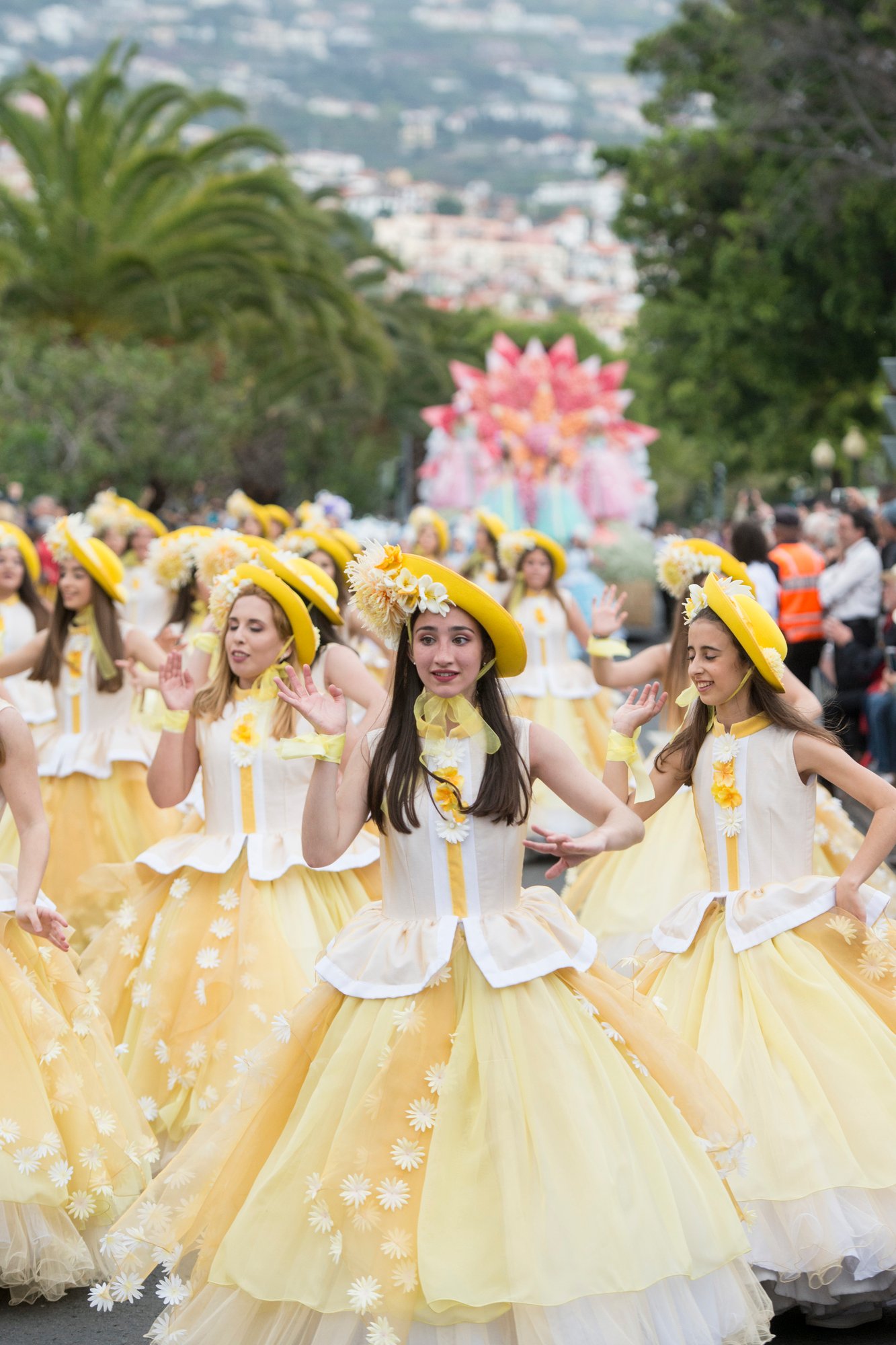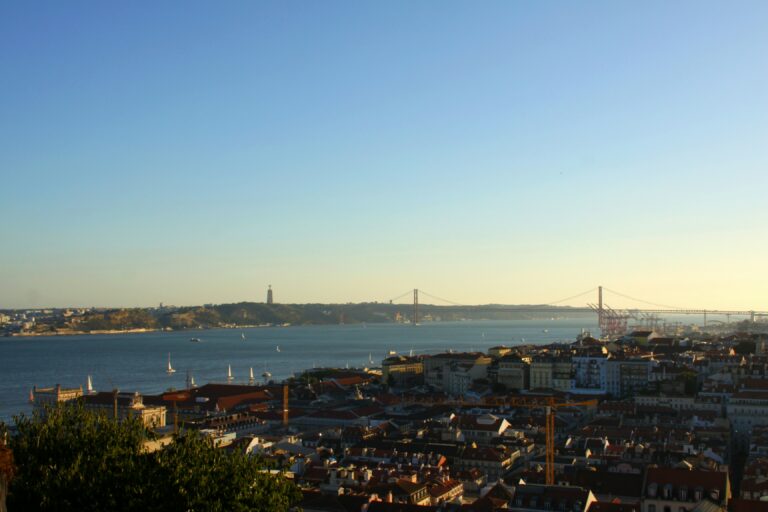You may need to apply for Portuguese residency sooner than you think. If you’ve been sitting on the sidelines waiting for things to get worse in your home country or telling yourself that it would be better to wait until next year when you will have a clearer picture of your finances, we at Portugal.com strongly encourage you to act now rather than later due to the upcoming Portuguese election on May 18, 2025. Things could change dramatically depending on the results of the election.
The Looming Election and Potential Policy Shifts
Portugal is heading to the polls on May 18, 2025 for its third election in just over three years. This snap legislative election comes after Prime Minister Luis Montenegro lost a confidence vote, which forced his government to collapse amid a scandal involving his family business. While Montenegro will continue in a caretaker capacity until a new government forms, the political uncertainty has significant implications for immigration policies.
The center-right Democratic Alliance (AD) coalition, led by Montenegro, has announced plans to tighten naturalization requirements in its electoral program. These proposed changes could fundamentally alter the path to Portuguese citizenship, especially for Golden Visa holders who currently benefit from exceptionally favorable conditions.
Current Golden Visa Advantages at Risk
Under the existing regulations, getting Portuguese citizenship through the Golden Visa route is relatively straightforward. Investors can qualify for naturalization after being a resident for five years while spending as little as seven days in Portugal each year. This minimal physical presence requirement has made the program very attractive to international investors who prefer to maintain their primary residence elsewhere while also working towards a passport in Japan.
However, this generous setup may soon become a relic of the past if the following AD coalition proposals come to fruition:
- The minimum period required for citizenship may get extended beyond the current five years, potentially even to 10 years.
- New “effective presence” requirements would mandate significantly more time physically spent in Portugal during the qualification period.
The coalition believes these changes would strengthen applicants’ ties to Portugal while addressing concerns about what they term the “call effect” of the current lenient regulations. These proposals align with broader immigration measures in their program, which include eliminating certain pathways, strengthening border controls, and reforming immigration services under the Agency for Integration, Migration, and Asylum (AIMA).
How Portugal’s Election Could Affect Portuguese Residency
The implementation of these proposals hinges entirely on the election outcome. Current polling shows a highly competitive race between the AD coalition and the Socialist Party (PS), with neither expected to secure an outright majority in the 230-seat Assembly. The AD is polling between 27% and 34%, while the PS shows similar numbers between 27% and 31%.
The far-right Chega party, consistently placing third with 13% to 18% support, could play a decisive role in post-election coalition negotiations. These complex electoral dynamics create uncertainty about whether the proposed citizenship reforms will advance.
Even if the AD coalition prevails, the legislative process for nationality law changes is complex and time-consuming. Amendments to Portuguese citizenship law require parliamentary approval as an organic law. This requires an absolute majority vote from more than half of all sitting members. At a minimum, 116 MPs would need to vote in favor of such changes.
Should the AD secure victory and maintain its objectives, implementation would proceed through several stages:
- The Ministry of Justice would draft amendments to the Nationality Law.
- The Council of Ministers would need to approve these changes.
- The proposals would then move to the Assembly of the Republic for review.
- Parliamentary committees would evaluate the legislation, which would then be followed by public consultations.
- Final votes would determine whether the measures pass.
This entire process typically spans 12 to 18 months from ministerial draft to enforcement. Previous nationality law changes have generally included transitional provisions for applications already in process. Implementation decrees typically establish a transition period of three to six months.
However, the AD’s electoral program does not specify whether potential reforms would apply retroactively to current Golden Visa holders or only to new applicants. This would create additional uncertainty for those already in the system. Based on previous changes to, for example, the NHR tax scheme, we believe that no retroactive changes would be made.
The Window of Opportunity
For those considering Portuguese residency, the message is clear: the window to apply under the current favorable conditions may be closing. While there are hurdles to implementing the proposed changes, and ultimately nothing may be changed, the risk of waiting to apply is substantial.
Even if the AD coalition fails to secure an outright majority, political pressure to reform immigration and citizenship pathways is growing across the spectrum. The potential for cross-party support on tightening requirements should not be underestimated, especially in the current European political climate where immigration policies are becoming increasingly restrictive.
By submitting your application before the May 18 election, you position yourself to be grandfathered into the current system through transitional provisions, should new regulations be implemented. Given the typical processing timelines, your application would likely be well advanced by the time any new legislation takes effect.
European Citizenship Trends
Portugal’s potential policy shift reflects a broader trend across Europe. Many countries that previously offered investor visas and expedited citizenship pathways are tightening requirements in response to political pressures and concerns about national security and social integration.
The UK has eliminated its investor visa program entirely, while Malta, Cyprus, and other European nations have faced increasing scrutiny from the European Commission over their citizenship-by-investment schemes. This continental drift toward more restrictive policies makes Portugal’s current program more valuable and potentially in danger.
For those hoping to gain access to Europe, Portuguese citizenship is immensely valuable. It provides unrestricted access to live, work, and study across all EU member states, as well as visa-free travel to 188 countries worldwide. The Portuguese passport consistently ranks among the most powerful in the world and offers mobility and opportunities that many nationalities simply cannot match.
Planning Your Application Strategy
If you’re considering Portuguese residency, now is the time to develop a comprehensive strategy. This should include the following:
1. Selecting Your Pathway
Though the Golden Visa program is the most well-known route, Portugal offers several residency pathways including the D7 visa for passive income holders, the Digital Nomad visa for remote workers, and family reunification options.
2. Investment Planning
For Golden Visa applicants, investment decisions are crucial. While real estate was historically the most popular option, capital transfer and fund investment routes may offer advantages depending on your financial situation and objectives.
3. Tax Considerations
Portugal’s Non-Habitual Resident (NHR) 2.0 tax regime, known as the IFICI, offers significant advantages for new residents and can potentially provide a decade of preferential tax treatment on foreign income.
4. Physical Presence Strategy
Even with minimal requirements, planning your time in Portugal strategically is important. Establishing meaningful connections with the country strengthens your application and prepares you for potentially increased presence requirements in the future.
5. Long-Term Citizenship Planning
Understanding the full timeline to citizenship and organizing your documentation and evidence of ties to Portugal will position you for success regardless of policy changes.
Conclusion: The Time for Action Is Now
With political uncertainty looming and clear signals that naturalization requirements may soon become more stringent, prospective Portuguese residents face a closing window of opportunity. The upcoming election on May 18, 2025 marks a potential turning point in Portugal’s immigration and citizenship policies.
While implementation of new restrictions would take time and face political hurdles, the future direction of applying for citizenship in Portugal is clear. The exceptionally favorable conditions currently available to Golden Visa applicants may soon be history.
If you have the means and motivation to secure your Portuguese residency and potentially citizenship, do not delay and apply submit your application for Portuguese residency today. By acting now, you can secure your place in the current system and be protected from future restrictions.
In a world of increasing restrictions on mobility and tightening borders, the value of securing residency rights in an EU member state cannot be overstated. Portugal’s current system offers one of the most accessible paths to European residency and citizenship, but that path may soon become considerably steeper.
The question isn’t whether you should apply for Portuguese residency. The question is: can you afford to wait?

